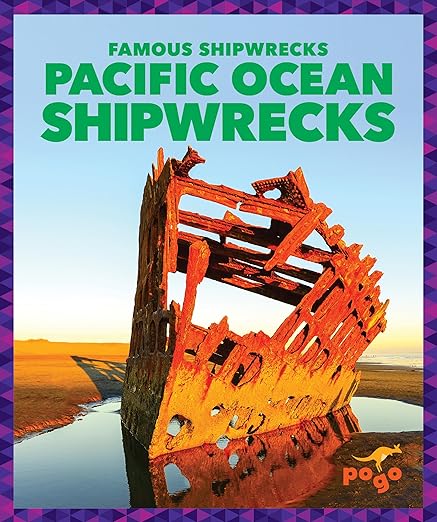2018 School Spending Survey Report
Pacific Ocean Shipwrecks
Jump!/Pogo.
(Famous Shipwrecks).
Jan. 2024.
24p.
$26.99. ISBN 9798889966685.
COPY ISBN
VERDICT Well-rounded and appealing shipwreck profiles presented at an introductory level.
RELATED
ALREADY A SUBSCRIBER? LOG IN
We are currently offering this content for free. Sign up now to activate your personal profile, where you can save articles for future viewing




Be the first reader to comment.
Comment Policy:
Comment should not be empty !!!